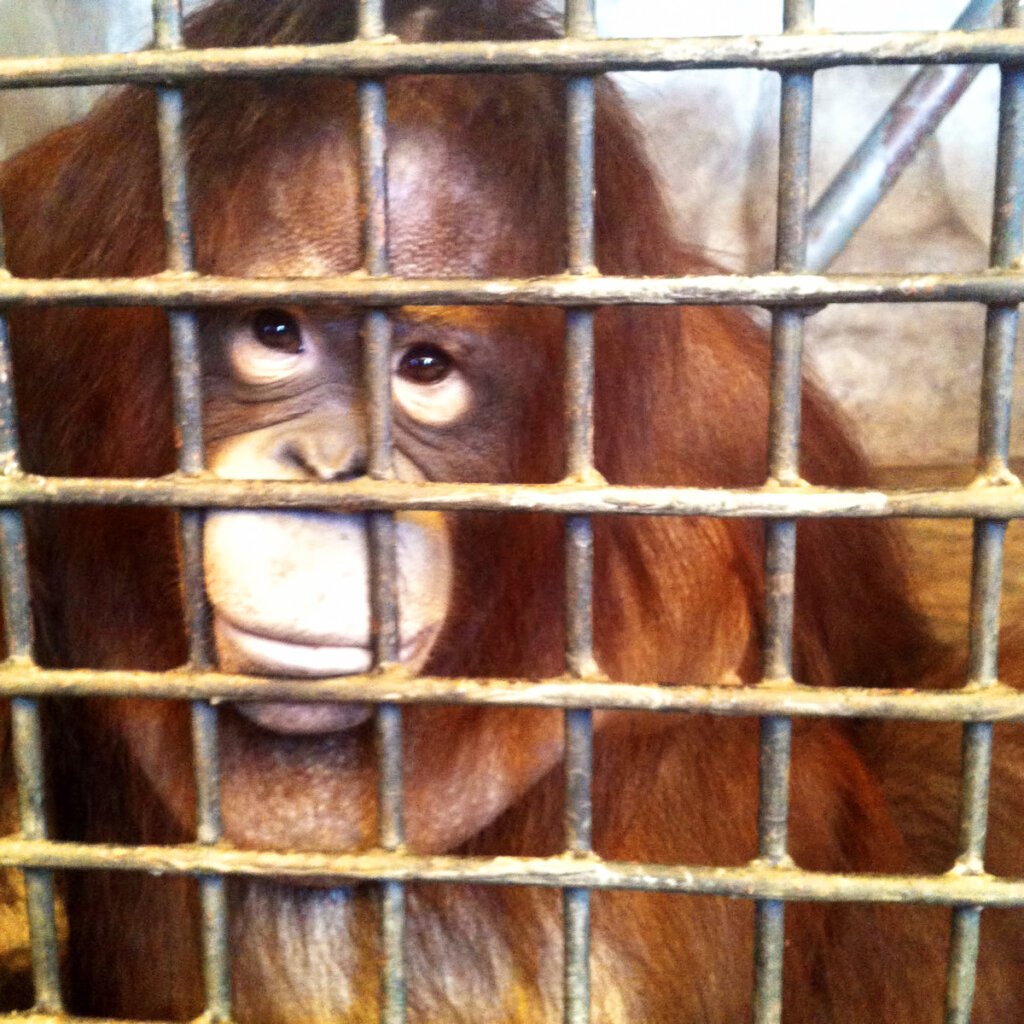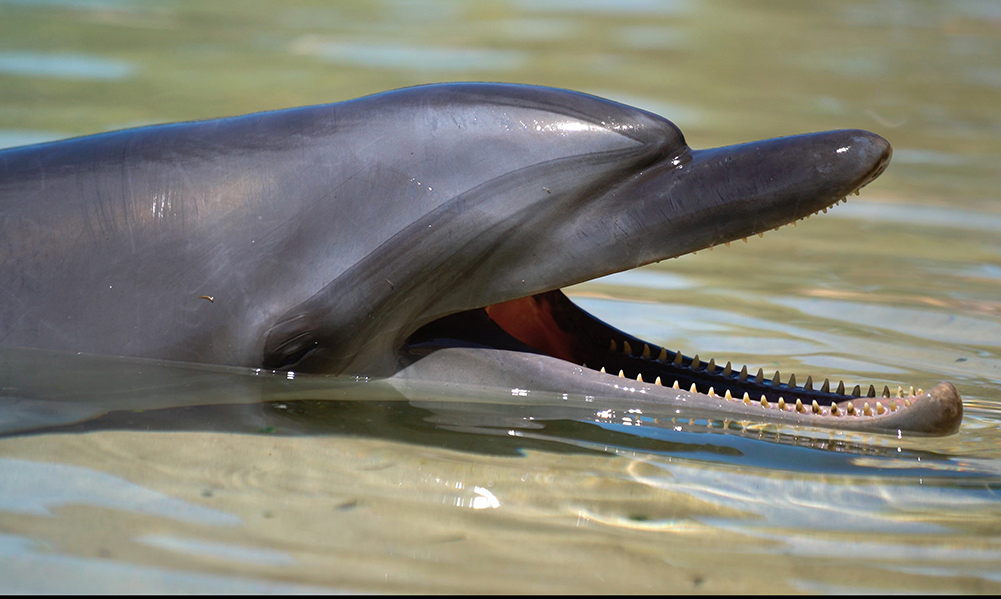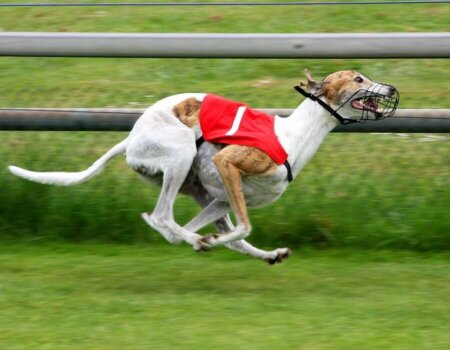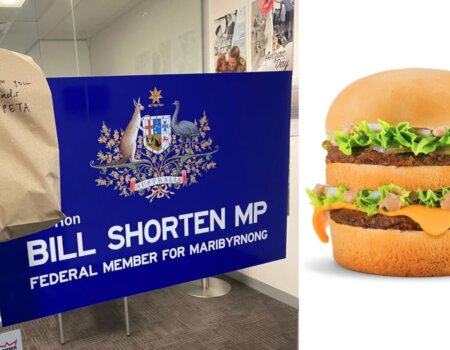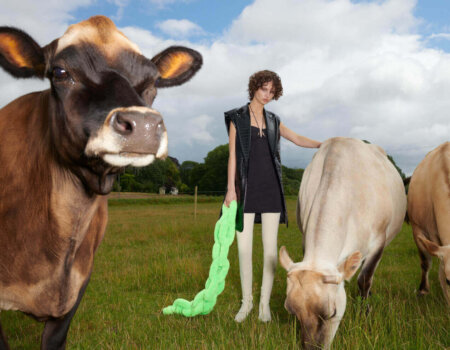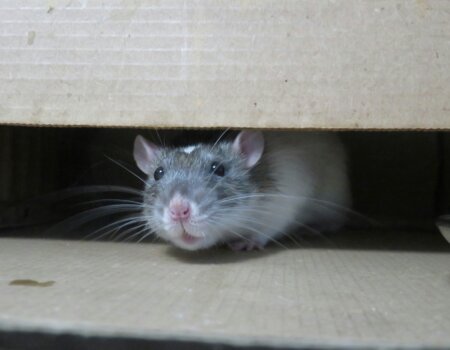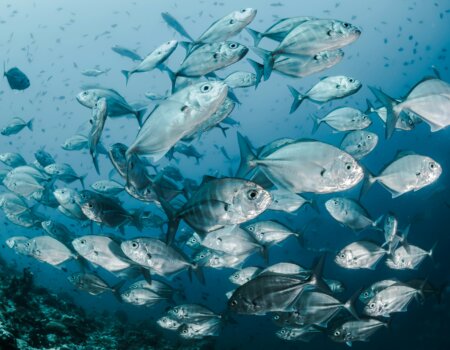Dolphin ‘Graveyard’ Protest Haunts Sea World
A dolphin “graveyard” has materialised outside Sea World on the Gold Coast, with PETA supporters painted grey and white lying beneath “headstones” bearing the names of captive dolphins who have died at the park.
The demonstration aimed to draw attention to the serious lack of transparency surrounding dolphin deaths at Sea World.
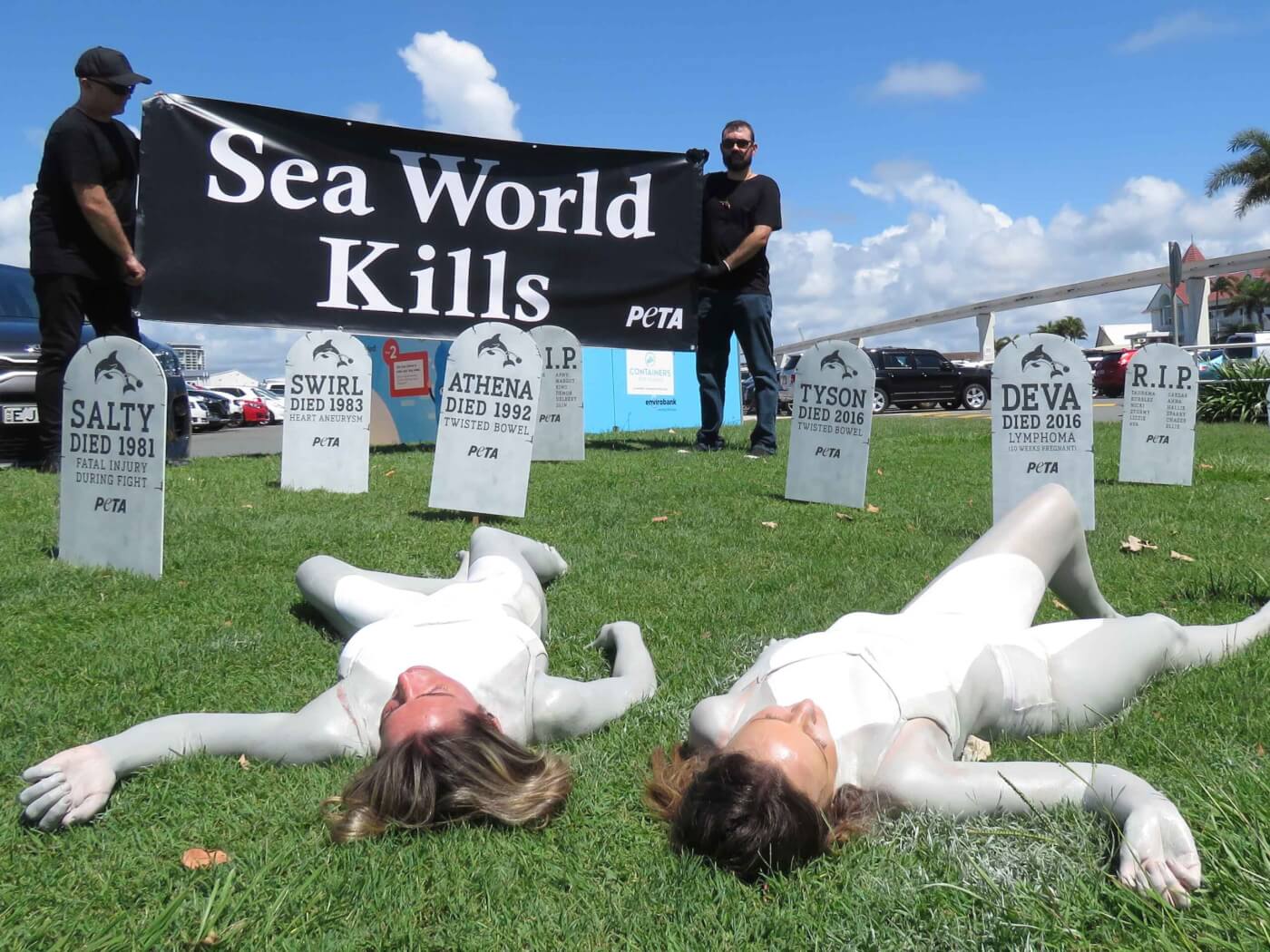
When Dolphins Disappear
Dusty was born to much fanfare at Sea World in 2016. By 2017, the marine park had stopped promoting Dusty or celebrating his milestones. Where did he go?
Deva was born as part of the park’s breeding programme in 2005 before being used for breeding herself 11 years later. During the 10th month of her pregnancy, she died of multicentric B-cell lymphoma. The necropsy report noted that her mother, Ava, also died of lymphoma and her father, Delbert, died of lymphosarcoma.
In 1992, Athena died from a twisted bowel, a fate common in captive dolphins which would also kill Kristy in 1993 and Tyson in 2016.
Cetabase – a website that tracks captive marine animals globally – lists 75 bottlenose dolphins who have died at Sea World since the marine park’s inception in 1971.
Over the years, dolphins have died from heart aneurysms, pneumonia, sepsis, and injuries sustained through fighting. Alarmingly, the fate of most of the dolphins born at, captured by, or transferred to the park is completely unknown.
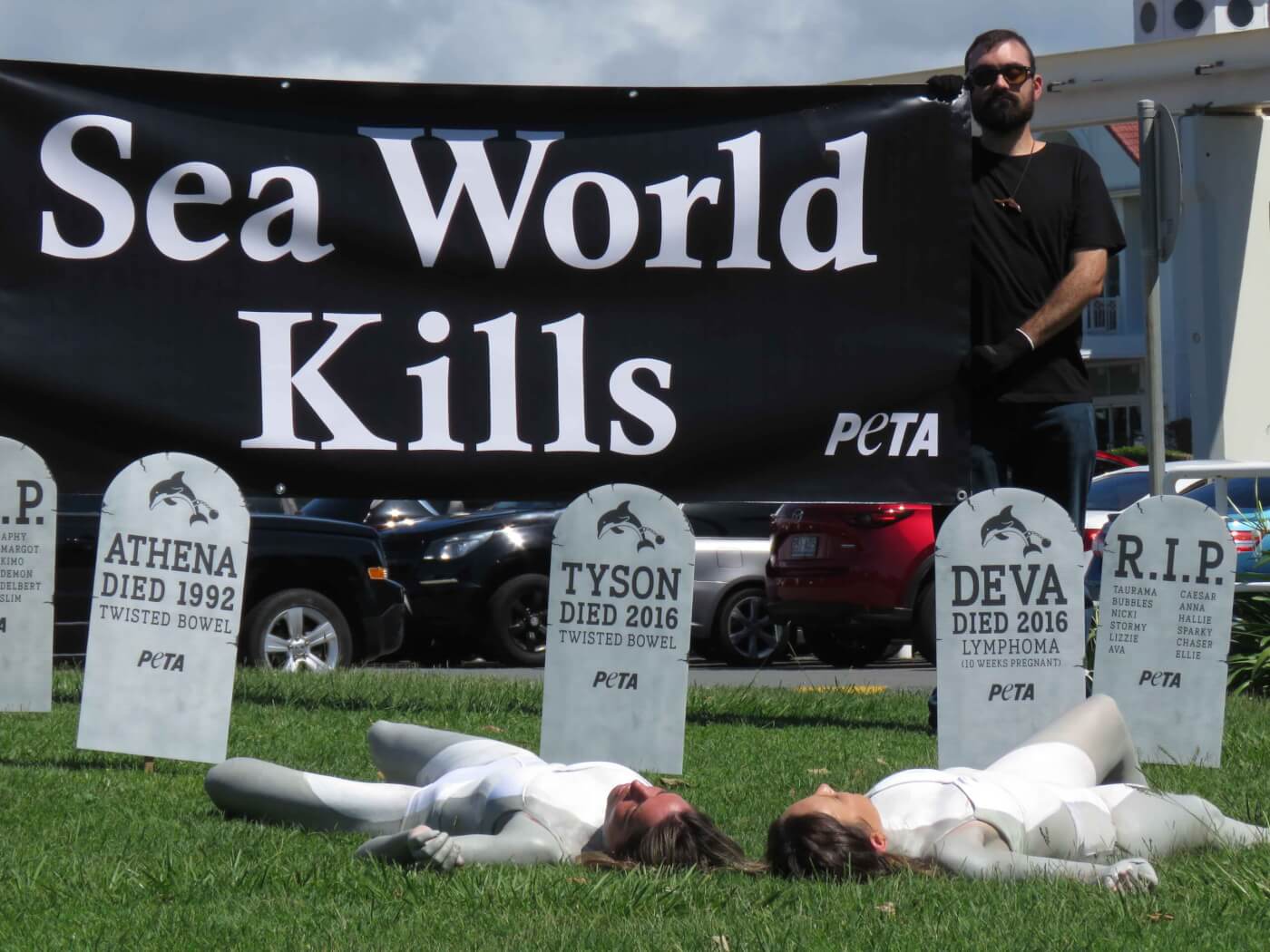
Captivity Is Cruelty
Sea World currently holds 27 dolphins in captivity – 19 of whom were bred there, even though none of them belongs to an endangered or threatened species.
Bottlenose dolphins, the most common species held in captivity, are not threatened in nature and are listed as being of “least concern” on the International Union for Conservation of Nature’s Red List.
The only reason these dolphins are being bred in captivity is to perpetuate their use for entertainment.
Sea World promotes daily shows in which trainers hold onto dolphins’ delicate dorsal fins and make them tow fully grown humans through the water and launch them off their rostrums. It also offers “swim with dolphins” experiences.
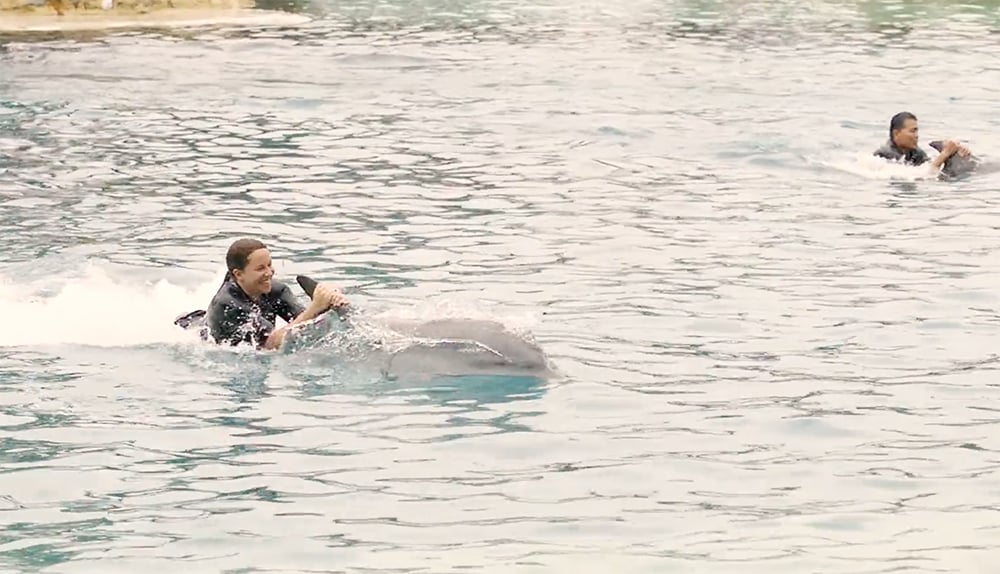
Conservation Con
The marine park does have some some dolphins who were originally captured in order to give them medical treatment, but if it genuinely cared about their welfare, it would establish large ocean pens for their long-term care, where they could swim freely and feel the ocean current, rather than retaining them for performances and other interactions with humans.
In nature, dolphins swim up to 100 kilometres a day with their family pods, diving and riding the waves. They are acoustically oriented – using clicks, whistles, and echolocation to interact with and perceive their surroundings.
They’re unsuited to life in captivity, where they can only swim a few metres and the reverberations from their sonar bounce off the barren walls, depriving them of the rich sensory experience of the open ocean.
According to an article published in The Sydney Morning Herald in 2015, Sea World on the Gold Coast’s estimated gate takings are more than $133 million annually. Of that, it spends $1 million – not even 1% – on rescue, research, and rehabilitation.
How to Help Dolphins
In 2020, the last marine park in New South Wales (NSW) announced that it would end dolphin breeding and that it would instead explore the idea of establishing a seaside sanctuary for its remaining animals near Coffs Harbour. By 2021, the NSW government introduced laws to prevent the breeding of captive dolphins in the state.
It’s time for Queensland, the home of Sea World, to do the same.
Will you please join us in urging the Queensland government to follow NSW’s lead?
Help Animals in 2025: Renew Your PETA Membership!
